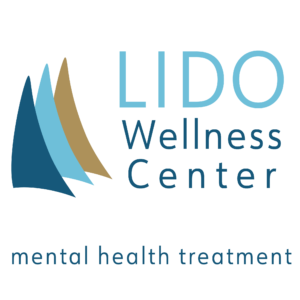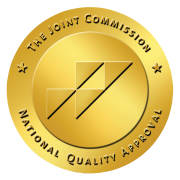Mental Health Treatment Center Newport Beach
Count on the Top Mental Health Treatment Center in Newport Beach
Anxiety is an innate human condition, which is part of adaptive biology, that generates feelings of fear, dread, or uneasiness in a variety of situations. Feelings and emotions generated by anxiety may include discomfort, or feelings of threat.
Although this is a human condition, anxiety can get out of control in some people, causing different disorders, and emotional, social, and family problems. In such cases, the wisest thing to do is to seek anxiety treatment at a top mental health treatment center in Newport Beach. You should know more about anxiety disorders so that you will know if you or someone you love requires professional assistance.
What Are the Top-5 Major Anxiety Disorders?
- Generalized Anxiety: people experience persistent feelings or worries about general issues, such as the economy. They live with a constant feeling that something bad is going to happen. These fears and worries are very real for these people, and prevent them from functioning normally.
- Panic Disorder: This condition involves sudden feelings of terror and dread. The feelings are very intense and unprovoked, and sufferers tend to develop phobias towards different situations or things. Many times they even limit their activities simply by avoiding the next panic episode, which may require anxiety and depression treatment.
- Phobias: this is a marked or uncontrollable fear of particular things or situations. People may develop specific phobias, such as towards an animal, heights, enclosed spaces, or situations such as flying in an airplane. Individuals may also have social phobias that have to do with being in certain places or social situations.
- Obsessive-Compulsive Disorder: this condition includes a series of persistent feelings, thoughts, or emotions (obsessions). These are uncontrollable and unwanted, and in many cases, these thoughts are accompanied by routines or rituals (compulsions) that people do to free themselves from them. Most anxiety disorder treatment centers provide support for this condition.
- Trauma Anxiety: Many people suffer from physical or emotional trauma, which generates high levels of uncontrolled anxiety. These can be sudden events, such as an accident or natural disaster, or repeated situations such as abuse or violence.
Why Is it Important to Treat Anxiety?
It is essential to get help from a leading mental health treatment center when it becomes chronic. Keep in mind that a chronic anxiety disorder is much more than feelings of panic or stress. People with a sudden panic attack can suffer heart attacks, for example. Most people who suffer from anxiety have problems in some areas of their lives, such as family, work, or social life. In the most severe cases, despair can lead to a person attempting thei own life.
Get Help at the Best Mental Health Treatment Center
If you or someone you love suffers from anxiety disorders, we are here to help. LIDO Wellness Center is the premier mental health treatment center in Newport Beach, with the best professionals, the best anxiety, depression, and detox treatment programs, and the best facilities to help you regain your wellness. Call us to learn more about our mental health treatment services.

